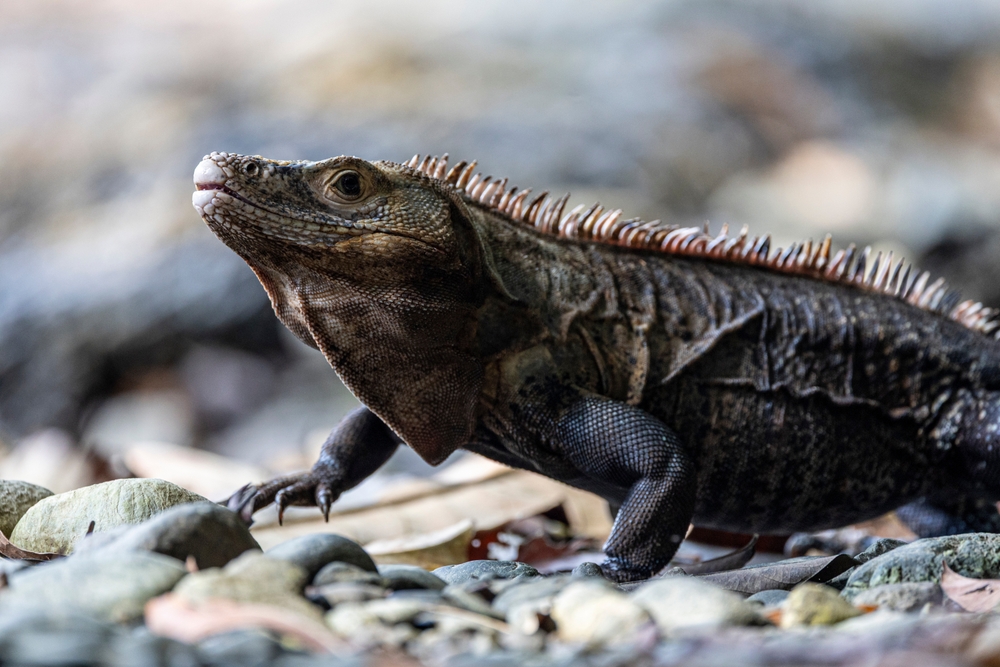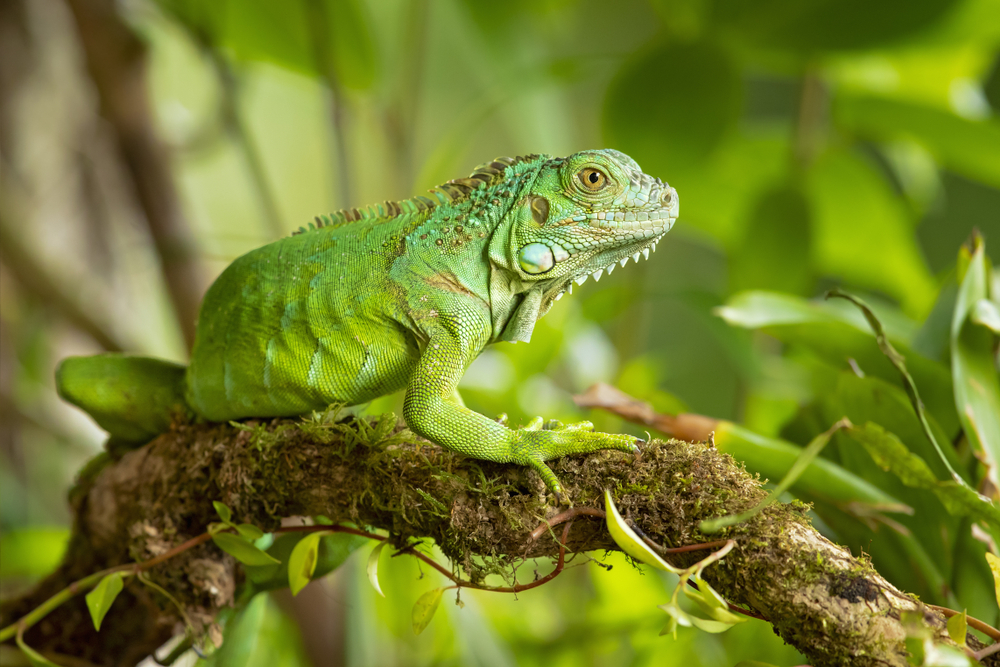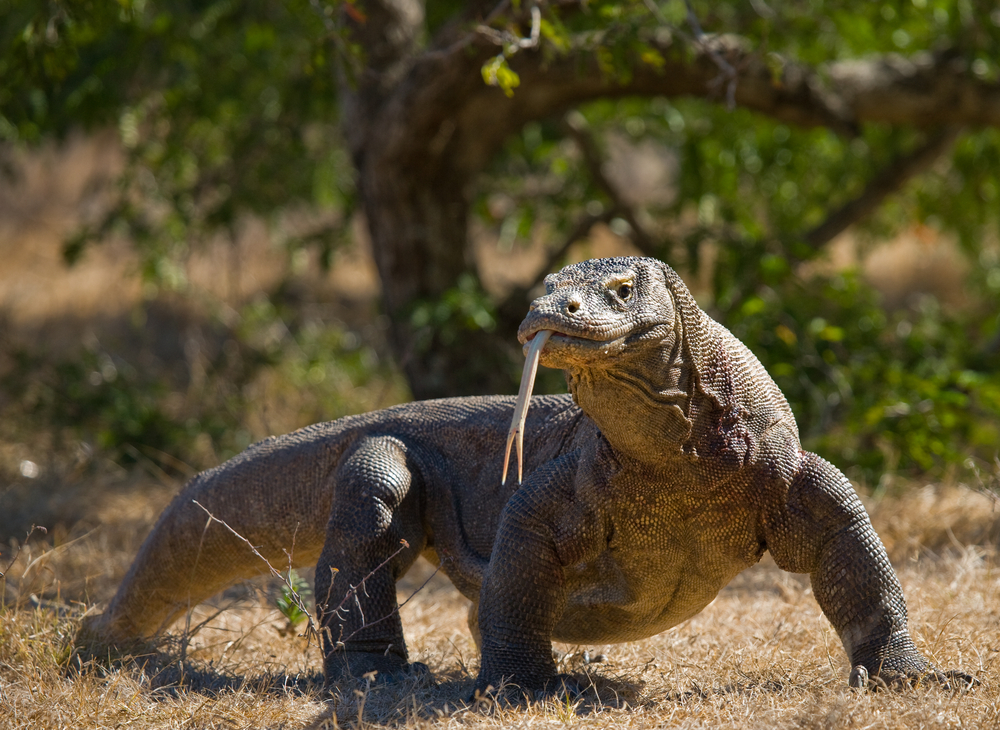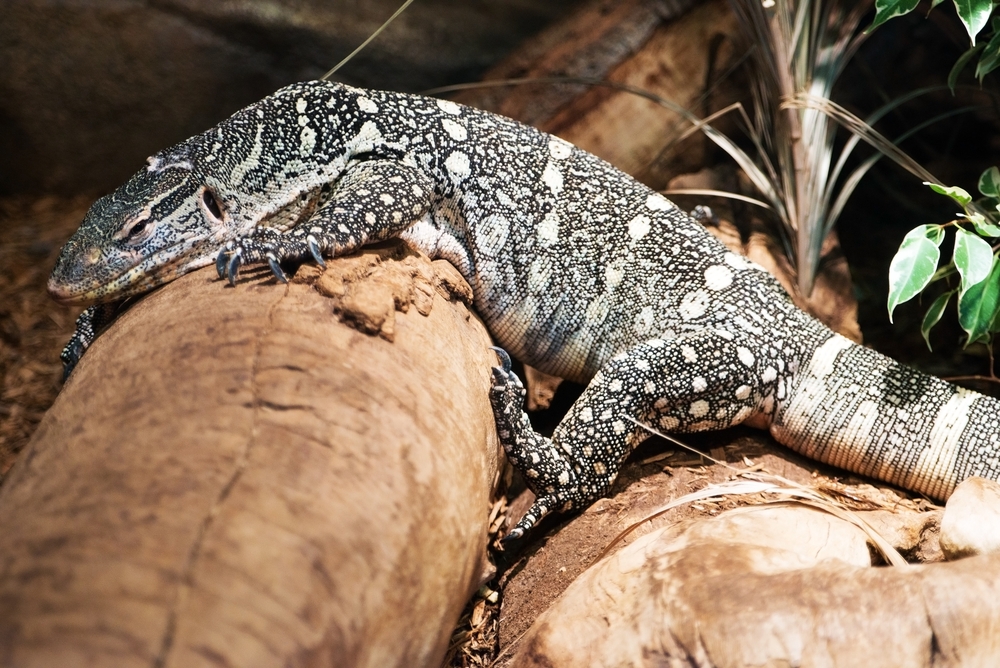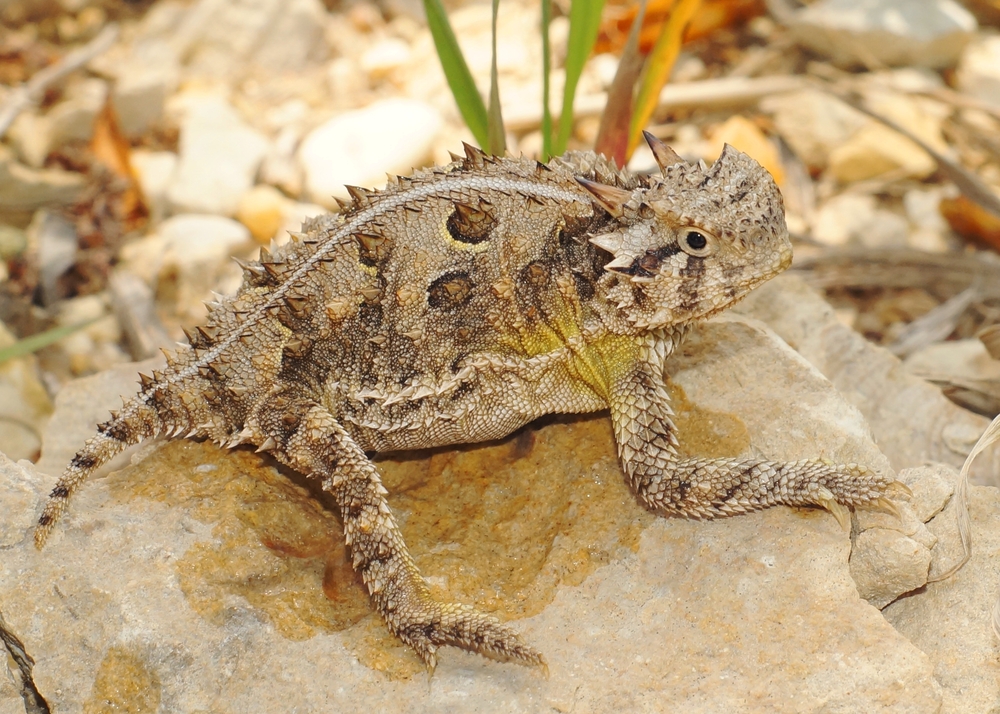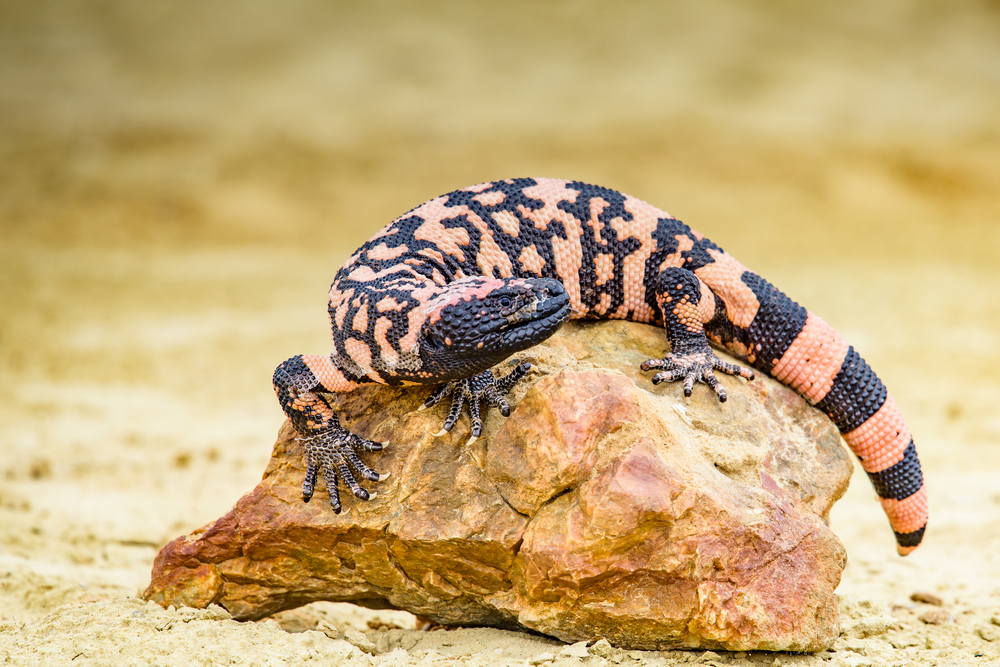Uniqueness
The Black Spiny-tailed Iguana is one of the fastest, most aggressive, and most adaptable lizards in the Americas. With its rugged appearance, powerful tail, and versatile lifestyle, it stands out among iguanid species both ecologically and behaviorally.
Fastest Lizard on Record:
The Black Spiny-tailed Iguana holds the title of the fastest-running lizard ever recorded, capable of reaching speeds up to 21.5 mph (34.6 km/h). This sprinting ability helps it escape predators, compete for territory, and survive in open habitats.
Highly Territorial and Aggressive:
Unlike the more passive Green Iguana, C. similis is known for its aggressive and defensive behavior, especially during breeding season. Males use head bobbing, chasing, biting, and tail whipping to defend territories or repel intruders.
Rugged Adaptability:
This species is highly adaptable, thriving in rocky coastal cliffs, dry forests, archaeological ruins, and even urban neighborhoods. It uses cracks, burrows, and tree hollows as shelter, allowing it to endure heat, human activity, and habitat disturbance.
Spiny Tail Defense:
Its namesake spiny tail is a formidable weapon. When threatened, the iguana lashes it with precision, delivering painful blows to deter predators or rivals. The tail also provides balance while climbing or running.
Cultural Significance and Human Interaction:
In its native range, the Black Spiny-tailed Iguana is sometimes hunted for food and is featured in local folklore. Invasive populations (notably in Florida) have caused ecological disruption and property damage, prompting management efforts and making it one of the few iguana species considered a pest.
Rapid Reproduction and Urban Colonization:
Its ability to reproduce quickly, defend itself, and exploit manmade environments gives it a competitive edge over native species in areas it invades. It has become a model species for studying invasive reptile ecology.
The Black Spiny-tailed Iguana’s speed, aggression, spiny armor, and adaptability make it a standout survivor in both wild and human-dominated landscapes—earning it both admiration and concern from biologists and homeowners alike.



































































